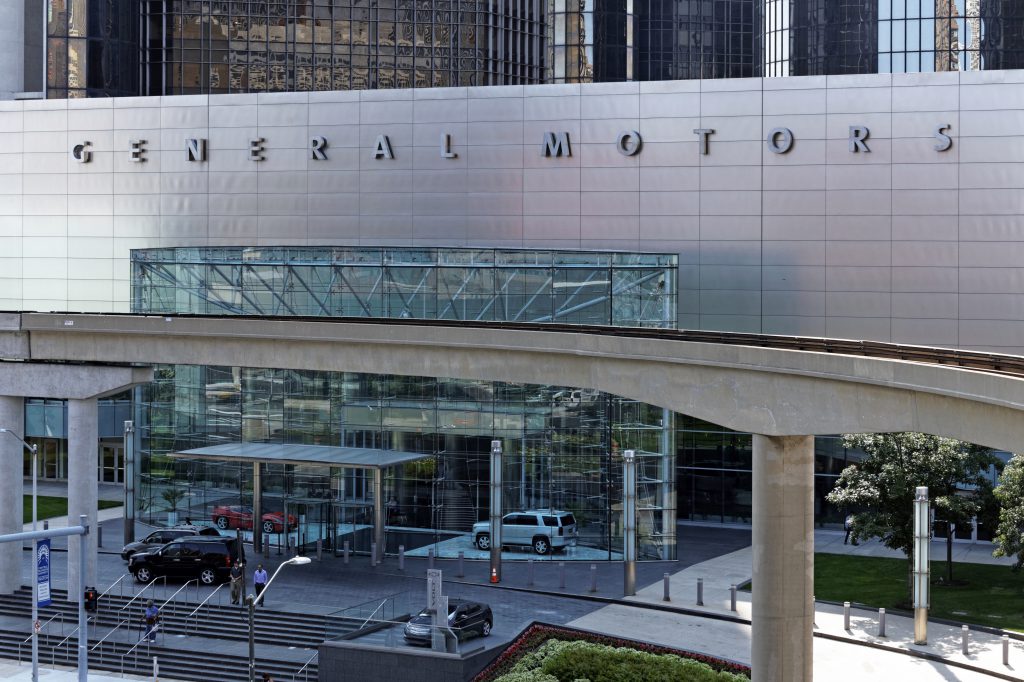
There’s a lot going on, but workers are still skeptical.
It's been nine months since General Motors (GM) shuttered its assembly plant in Lordstown, Ohio, but the impact of the automaker's decision continues to reverberate… and it's been a busy few days.
GM announced on Thursday that it plans to open a $2.3 billion battery factory not far from the site of the car assembly plant that the company closed in Lordstown, part of the company's efforts to expand its electric vehicle (EV) business. Speaking of the Lordstown facility, it looks like the automaker also is loaning electric-vehicle startup Lordstown Motors Corp. at least $40 million to cover the purchase and retooling costs at the plant.
Huh.
O.K., let's start with the battery factory.
In the aftermath of the closure of the nearly 53-year-old Lordstown plant, GM attempted to ameliorate the loss by relocating most of the 1,600 workers remaining at the site to alternate GM facilities. Nonetheless, the region was left devastated in the aftermath, and the lives of the workers and their families were upended.
Enter the new battery plant. The planned facility is central to GM's mission to expand its EV offerings and should enable the company to produce batteries for its cars more affordably while leveraging the region's manufacturing talent. The company argues that by locating the new plant near Lordstown, it is fulfilling its promise to bring back jobs to the region; White House trade adviser Peter Navarro even offered praise in The New York Times!
It's not all good news, however. Though GM estimates that it will employ 1,100 workers at the new facility, this number pales in comparison to the roughly 4,500 jobs that the Lordstown plant sustained three years ago. Moreover, plant employees will earn between $10 and $15 an hour, roughly what U.A.W. workers earned at Lordstown, according to GM CEO Mary Barra. But that's well below the "top union wage of $32 an hour," The New York Times pointed out.
And what about the fate of the original Lordstown assembly plant?
Rather than build electric vehicles at the Lordstown plant as part of the company’s pivot to more fuel-efficient cars, which purportedly motivated the plant’s closure in the first place, GM sold the plant to Lordstown Motors Corp. The company plans to manufacture electric commercial pick-up trucks.
There have been big doubts about whether Lordstown Motors Corp. is up to the task. Now, it looks like the start-up is getting a big assist from GM.
Legal records show that GM has offered Lordstown Motors Corp. a $40 million, possibly up to $50 million, loan, with an option for GM to repurchase the plant that expires on May 30, 2020. This leaves little time for Lordstown Motors to retrofit the plant… and also leaves questions about why GM bothered to shutdown Lordstown in the first place.
As the Detroit Free Press reports, workers are skeptical of GM’s intents in the region:
“‘The vast majority of us who lived through this entire story since last November don't trust GM,’ said Tim O'Hara, UAW Local 1112 president in Lordstown. ‘There is a lot of suspicion that once it's all said and done that GM itself will end up building electric vehicles in Lordstown after all its loyal employees and Local 1112 members had to move throughout the nation.’”
As for GM’s Ohio battery factory, it will be a joint venture between GM and South Korean chemical company LG Chem – similar to the partnership Tesla formed with Panasonic to produce its own electric vehicle batteries. Groundbreaking is slated for mid-2020.
